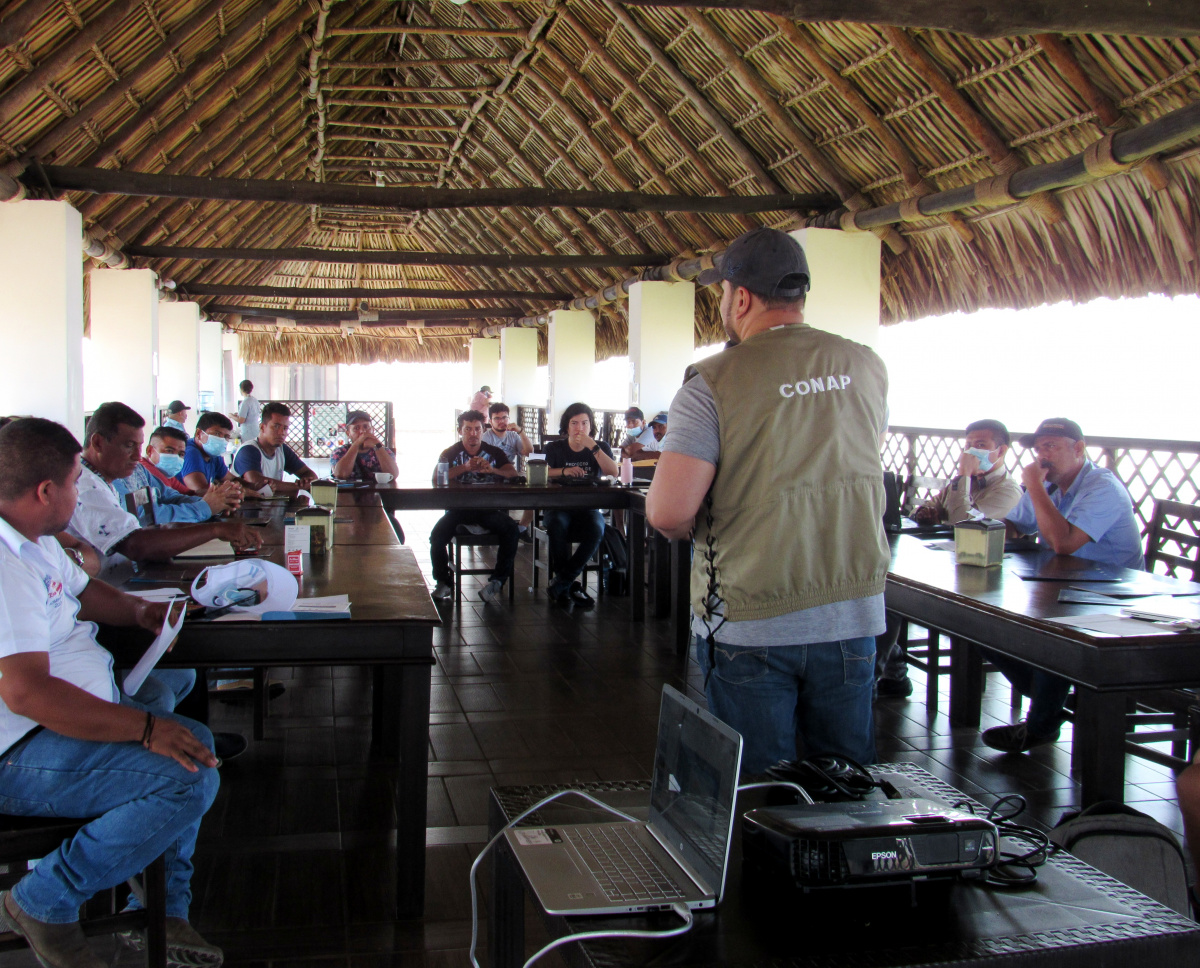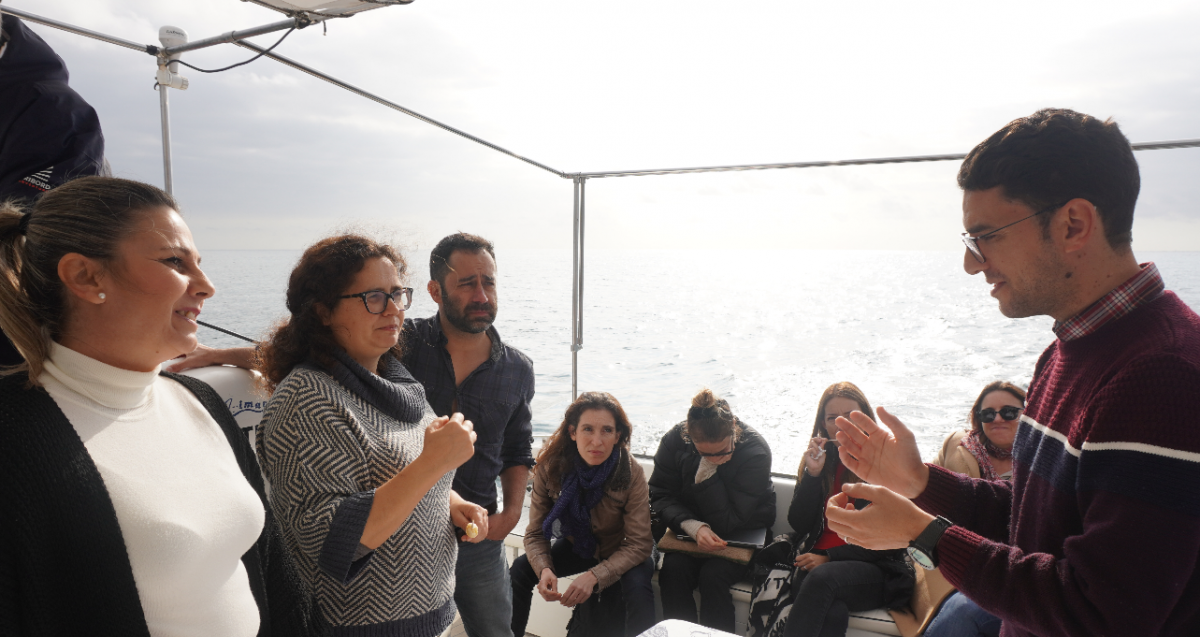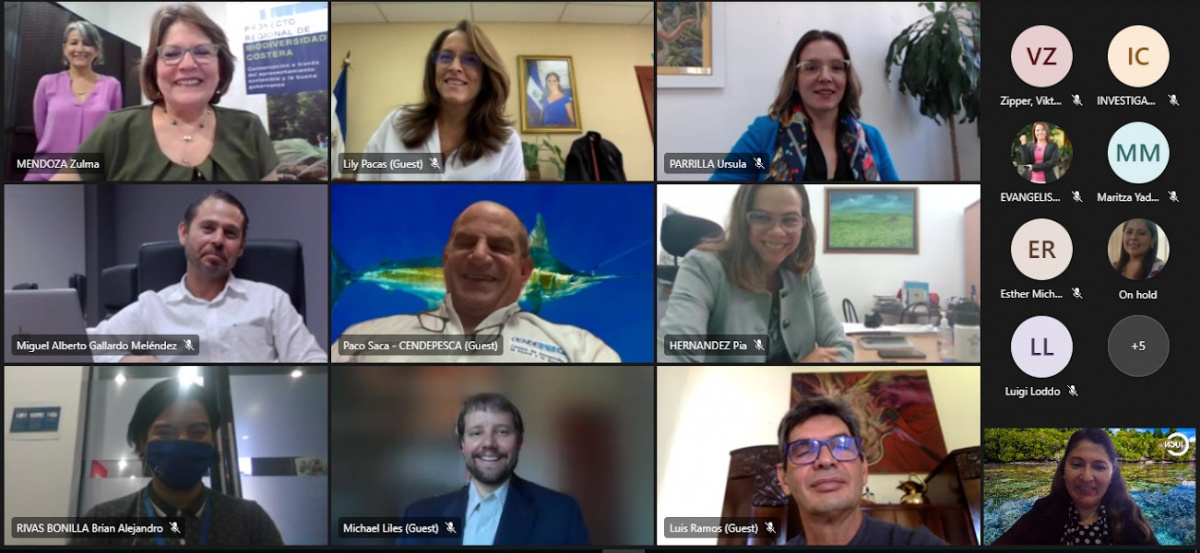Coastal blue carbon ecosystems in NDCs
Conservation and restoration of coastal ecosystems, specifically tidal salt marshes, seagrass meadows and mangrove forests, are excellent examples of nature-based solutions for climate mitigation and adaptation. These coastal ecosystems sequester and store huge amounts of carbon from our atmosphere, and are often referred to as blue carbon ecosystems.
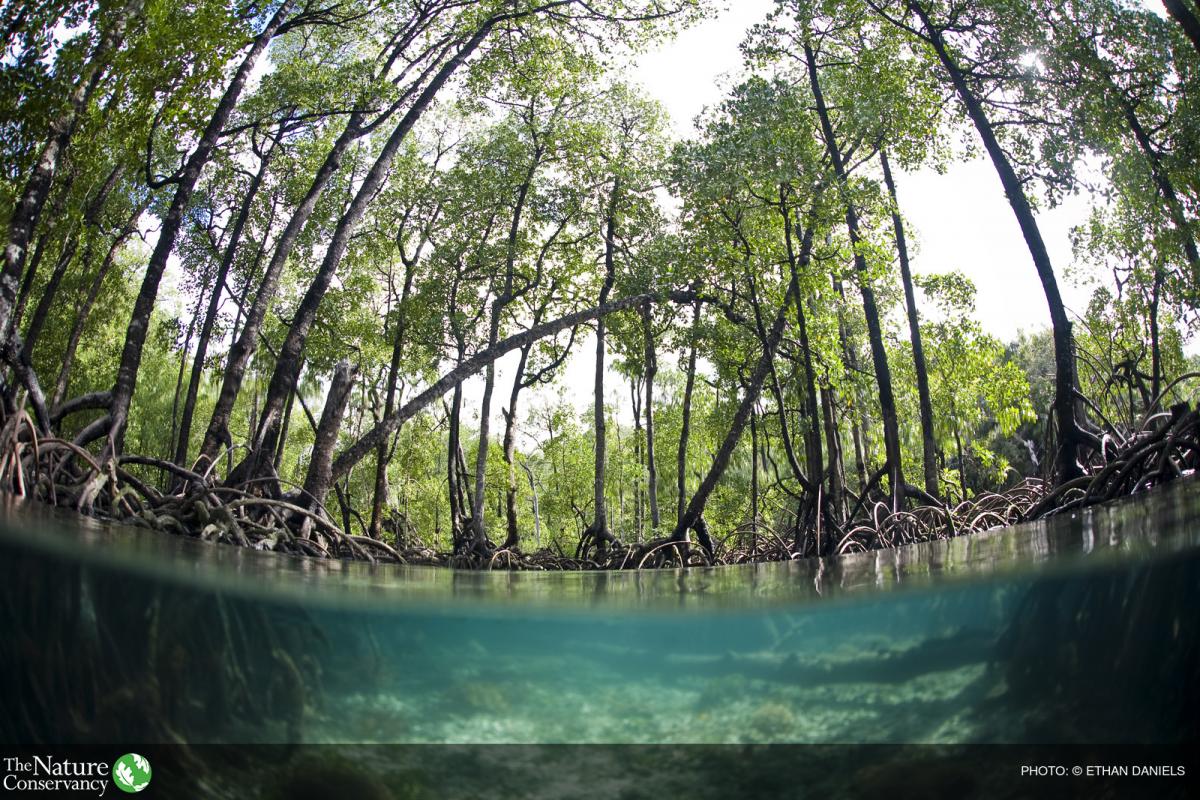
Photo: © TNC/ Ethan Daniels
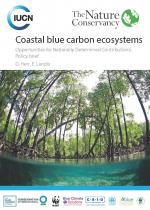 Photo: IUCN
Photo: IUCN
This brief outlines how Parties have included and addressed the management of coastal wetland (blue carbon) ecosystems in their NDC climate mitigation and adaptation solutions to date. It also offers a short outlook on areas where coastal wetlands contributions can be improved and strengthened in the future, allowing for more ambitious future NDC submissions. In many coastal nations these ecosystems provide a significant mitigation and adaptation value, both as a carbon sink and as coastline protection and food security, respectively. Thus, the inclusion of coastal ecosystems can be considered an important asset in a more ambitious revision of the NDC for many Parties.
This brief is accompanied by a Supplement document which outlines the NDCs in all detail.
